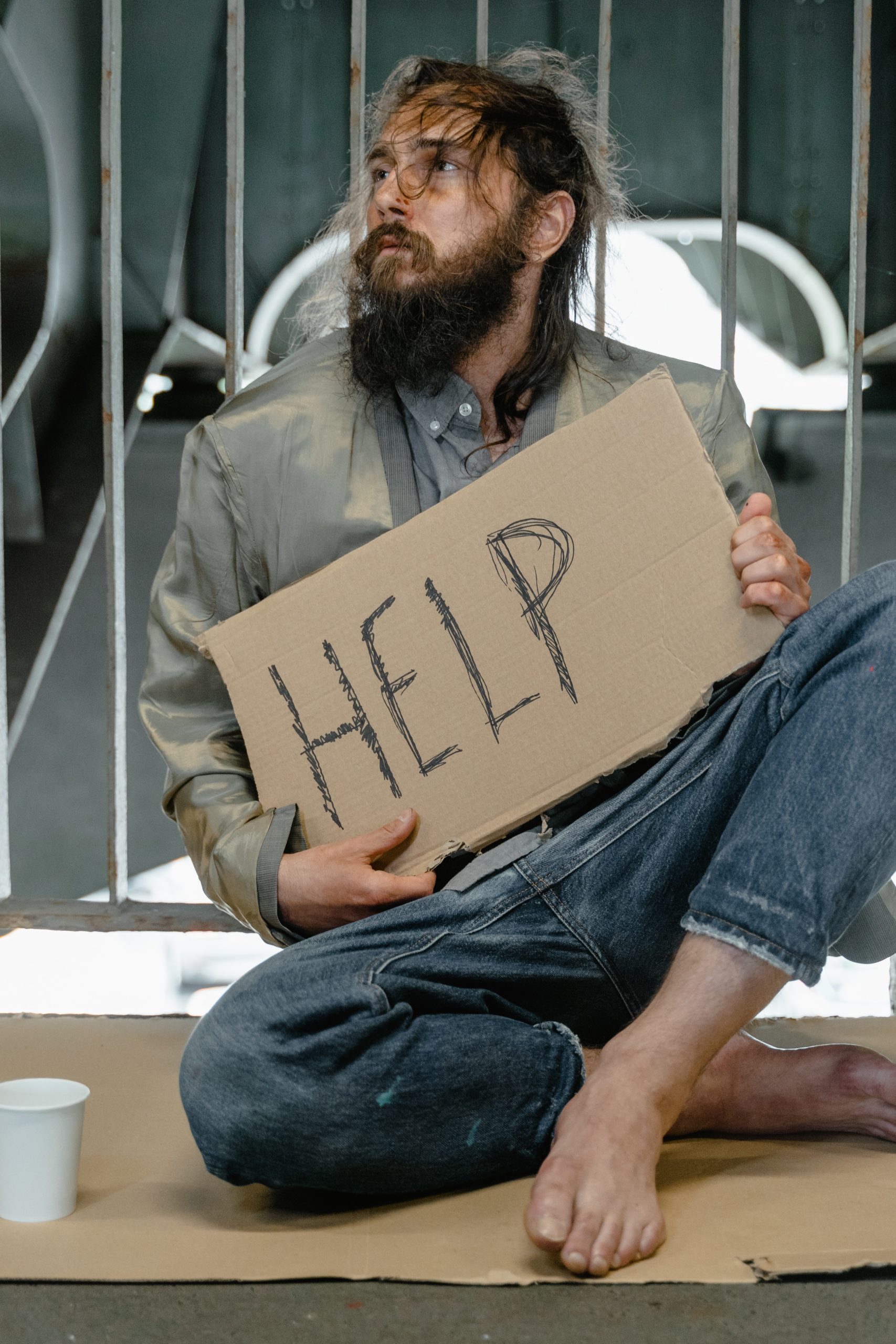How to Reverse the Cycle of Poverty
Millions of individuals throughout the world are impacted by the complicated socioeconomic problem of poverty. Poverty is a condition in which a person lacks the resources necessary to satisfy their fundamental necessities, such as food, shelter, and clothes. Living in poverty may have a significant influence on a person’s capacity to access opportunities and resources to better their situation as well as their ability to maintain their physical, emotional, and psychological well-being.
What exactly is the cycle of poverty?
The phrase “cycle of poverty” describes a situation in which poverty is passed down from one generation to the next and continues throughout time. Those who are born into poverty confront a variety of challenges that make it challenging for them to leave poverty, and as a result, their children are also more likely to be born into poverty.
The cycle of poverty frequently incorporates a broad range of elements, such as restricted access to healthcare, employment, and education, as well as prejudice and social isolation. These elements may lead to a downward spiral of disadvantage that prolongs poverty.
Those who are poor, for instance, may not have access to quality education and are more likely to drop out of school. This may result in a lack of work possibilities, low pay, and precarious employment, which may then result in substandard housing, inadequate nutrition, and restricted access to healthcare. As a result, children growing up in poverty are more likely to have bad health, little education, and few career possibilities, which serves to keep them in poverty.
An all-encompassing strategy that takes into account the numerous causes of poverty is necessary to end the cycle of poverty. In addition to removing structural obstacles to social and economic mobility, this may entail ensuring that all people have access to high-quality education, job training programs, healthcare, and affordable housing.
There are some crucial strategies that can help in ending the cycle of poverty:
- Education: One of the most effective means of escaping the cycle of poverty is education. Children can get the information and skills need to thrive in life by giving them access to high-quality education. Education also contributes to increased economic mobility, decreased crime, and better health outcomes. Education is an investment in the future of people and communities.
- Job Training: Offering job training and skill development programs is another powerful way to end the cycle of poverty. These programs can provide participants with the abilities and information needed to join the workforce, make a livable salary, and achieve financial independence. Vocational training, apprenticeships, and chances for on-the-job training are all possible components of job training programs.
- Healthcare Access: Improving healthcare access is essential to reducing poverty. A person’s capacity to work, go to school, and take care of their family may be hampered by poor health. Health outcomes and quality of life can both be improved by having access to economical, high-quality healthcare.
- Affordable Housing: The absence of accessible housing is a serious obstacle to the fight against poverty. For low-income families, housing expenditures are sometimes the biggest price, leaving little flexibility for other bills. Offering inexpensive housing alternatives can aid people and families in stabilizing their living arrangements and directing more funds toward more pressing needs.
- Financial Literacy: The skills and information required to make wise financial decisions are referred to as financial literacy. It involves knowing how to budget, save, invest, and make future plans. Financial education may assist people to learn how to maximize their assets, decrease debt, and create assets, breaking the cycle of poverty.
- Community Development: Community development is a crucial aspect of reducing poverty. Strong communities offer people access to resources, support systems, and involvement opportunities. Policymakers and community leaders can build more egalitarian and resilient communities that can help people and families escape the cycle of poverty by making investments in community development.
- Accessibility to Nutritious Food: Access to healthy food is essential for both physical and cognitive growth as well as for general health. For many low-income people and families, food insecurity is a serious problem that can lead to malnutrition and chronic illnesses. All people can have access to wholesome food that is inexpensive with the support of initiatives like community gardens, school lunch programs, and food banks.
- Mentoring and Support: Mentoring and support programs may provide people with direction, inspiration, and connections to resources and opportunities. Mentors may serve as good role models and offer insightful counsel and assistance in overcoming obstacles and reaching crucial choices. Critical services like counseling, legal support, and child care can also be offered via support programs.
- Addressing Structural Barriers: Systemic barriers, such as discrimination, unequal access to resources, and insufficient social safety nets, frequently contribute to poverty, which is not only the product of human decisions or actions. To remove these obstacles, legislative reforms at the municipal, state, and federal levels are necessary to guarantee that everyone has access to resources and fair opportunities.
- Empowering Individuals and Communities: In the end, ending poverty demands empowering individuals and communities to take charge of their future. This involves presenting chances for community organization, leadership growth, and civic participation. Communities and people that feel empowered may speak up for their goals and needs, collaborate to solve social problems, and bring about long-lasting change.
In conclusion, a comprehensive strategy that tackles the causes of poverty and gives people and communities the tools, opportunity, and support they need to thrive is necessary to end the cycle of poverty. We can build a more equitable and just society for all by making investments in things like education, job training, healthcare, affordable housing, financial literacy, community development, access to wholesome food, mentoring and support, removing systemic barriers, and empowering individuals and communities.

